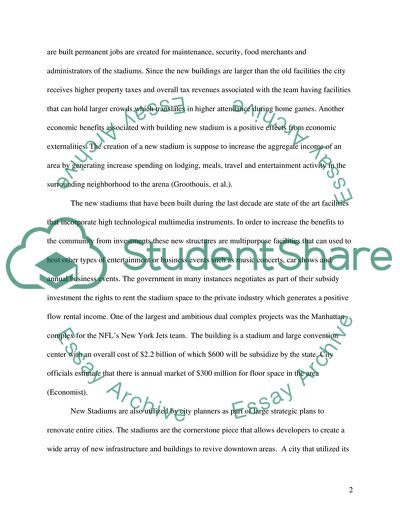Cite this document
(The Financial Aspects of Governmental Stadium Subsidies in the United Assignment, n.d.)
The Financial Aspects of Governmental Stadium Subsidies in the United Assignment. https://studentshare.org/finance-accounting/1716683-stadium-subsidies-paper
The Financial Aspects of Governmental Stadium Subsidies in the United Assignment. https://studentshare.org/finance-accounting/1716683-stadium-subsidies-paper
(The Financial Aspects of Governmental Stadium Subsidies in the United Assignment)
The Financial Aspects of Governmental Stadium Subsidies in the United Assignment. https://studentshare.org/finance-accounting/1716683-stadium-subsidies-paper.
The Financial Aspects of Governmental Stadium Subsidies in the United Assignment. https://studentshare.org/finance-accounting/1716683-stadium-subsidies-paper.
“The Financial Aspects of Governmental Stadium Subsidies in the United Assignment”. https://studentshare.org/finance-accounting/1716683-stadium-subsidies-paper.


